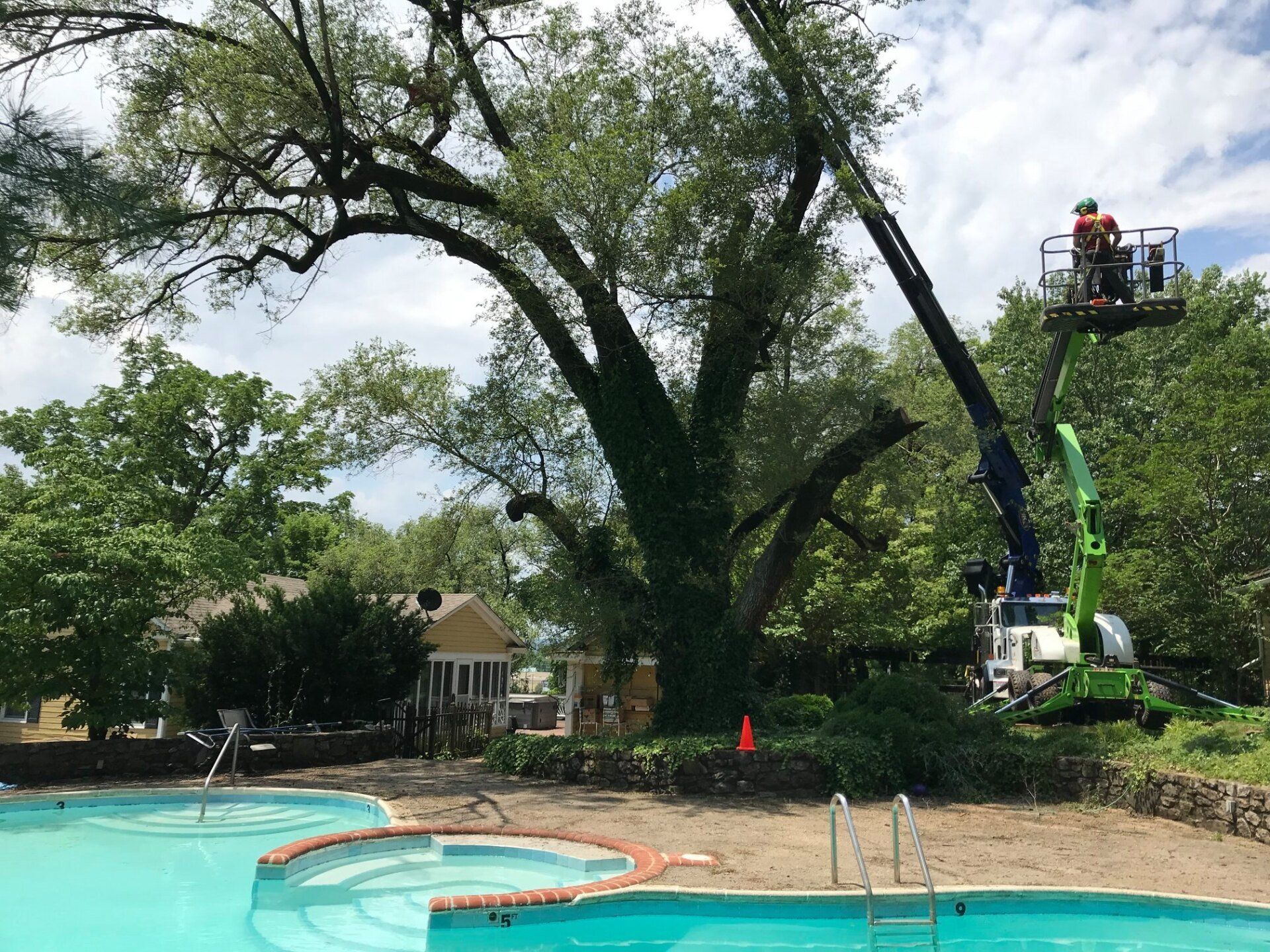Stump Grinding vs. Removal: Which is Best for Your Property?
Tree stumps can become obstacles in outdoor spaces. They diminish property appeal and may cause injuries. Choosing between grinding and removal depends on property goals and specific requirements. Each method addresses the problem differently, offering unique advantages.
This blog will clarify these two approaches. You'll find clear comparisons and practical insights. By the end, you'll feel confident in selecting the right option for your yard.
What Happens During Stump Grinding?
Machines designed for grinding break the stump into smaller wood pieces. The process eliminates the visible portion of the stump while leaving roots underground. It creates a flat surface level with the rest of the yard.
Grinding works quickly and minimizes changes to surrounding soil. Any leftover wood chips from the process can serve as mulch for gardens. Those wanting minimal disruption to landscaping often prefer grinding over complete removal.
What Is Stump Removal?
Removal pulls the stump and roots from the ground entirely. Workers dig deep into the soil to extract every part of the stump. It clears the area for new projects or landscaping improvements.
The method leaves a hole requiring backfilling. However, removal prevents any regrowth. This option suits those planning significant changes or needing a completely clear area.
Differences Between Stump Grinding and Removal
Time
Grinding completes faster and involves fewer steps. Full removal takes more time due to the digging required.
Cost Comparison
Grinding often costs less since it’s less labor-intensive. Removal tends to be more expensive but eliminates stumps permanently.
Land Impact
Grinding avoids disturbing surrounding soil. Digging for removal affects more of the yard.
Space Requirements
Small yards benefit from grinding due to minimal disturbance. Removal clears space for new landscaping or construction.
Regrowth Potential
Grinding leaves roots in the ground, allowing minor sprouting in rare cases. Complete removal removes roots, preventing future growth entirely.
When to Choose Stump Grinding
Those looking for a quick solution should choose grinding. It provides a clean surface while keeping the surrounding soil intact. People working on smaller projects or seeking cost-effective options may find this approach appealing.
The process also works well for homeowners wanting to recycle the leftover wood chips. Using mulch from the grinding process benefits gardens and helps retain soil moisture.
When to Choose Stump Removal
Those planning large-scale projects benefit more from removal. New plantings or structures require a completely cleared area. This method also works well for removing decayed stumps, which could harbor pests. If long-term solutions are necessary, choose removal. It eliminates roots entirely and reduces the risk of complications in the future.
Factors to Consider Before Deciding
- Property Plans: Think about future landscaping or construction needs.
- Budget: Stump grinding costs less, but stump removal provides more thorough results.
- Tree Type: Some tree stumps are harder to grind or remove than others.
- Time Available: Grinding takes less time compared to removal.
- Safety: Consider safety risks for children or pets if the stump stays.
Choosing the Right Option
Each property requires unique solutions. Grinding offers a fast and less intrusive approach. On the other hand, removal guarantees a fully clear space, perfect for new designs. Experts can help assess specific needs and provide guidance. Addressing stumps promptly helps avoid accidents, keeps properties attractive, and opens opportunities for improvement.
Send us a Message
Have a question? We’re here to help. Send us a message and we’ll be in touch.
We will get back to you as soon as possible.
Please try again later.
Business Locations
Areas We Serve
- Blacksburg, VA
- Radford, VA
- Salem, VA
- Riner, VA
- Cave Spring, VA
- Newport, VA
- Roanoke, VA
- Narrows, VA
- Starky, VA
- Christianburg, VA
- Merrimac, VA

Main Office
Blacksburg, Virginia
Business Hours
- Mon - Sun
- Open 24 Hours
